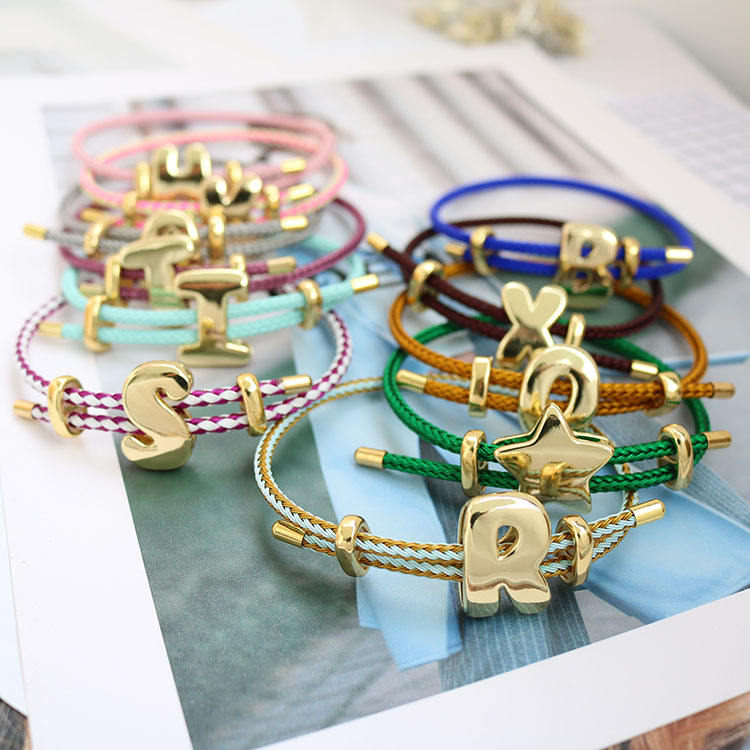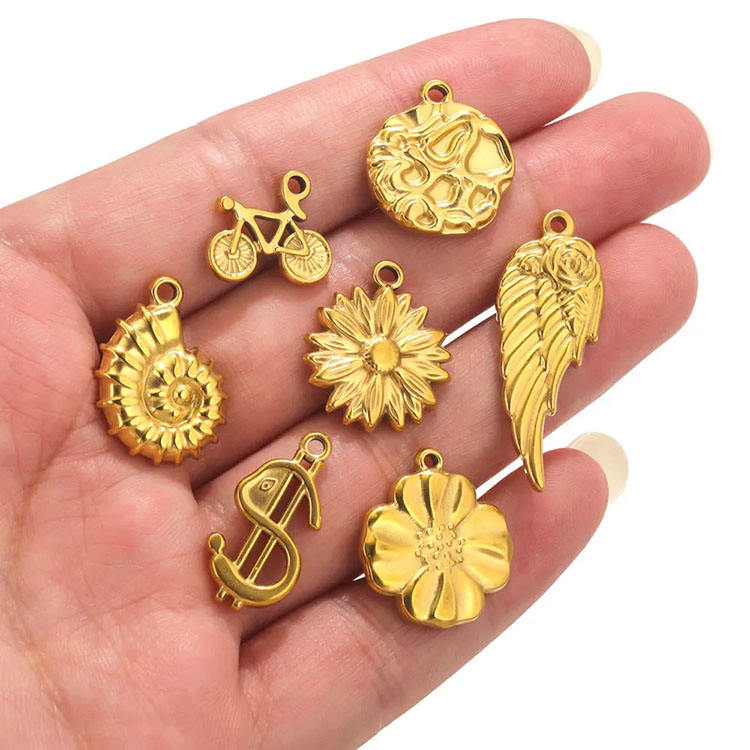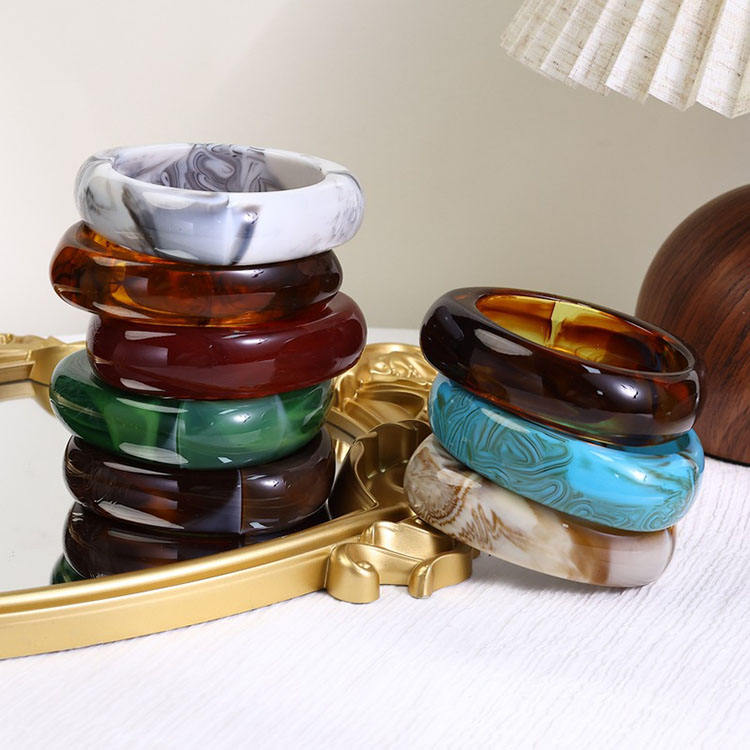News Source: Internet
Release Time: 2025/8/20 Total: 109 Views
The Art of Color: How Enamel Jewelry Gets Its Vibrant Hues
For over a thousand years, enamel jewelry has fascinated people with its brilliant, lasting colors. But what exactly gives these pieces their exceptional beauty? The answer lies in an ancient craft that combines artistry with scientific precision.
1.The Science Behind the Shine
Enamel begins as specially formulated glass that's ground into a fine powder. Each color comes from specific mineral compounds added to the glass mixture. For example:
-
Cobalt oxide creates deep blue shades
-
Chromium produces rich greens
-
Cadmium sulfides yield vibrant yellows and oranges
-
Gold chloride creates rare ruby reds
These powdered minerals are carefully measured and mixed to ensure consistent color batches, much like a painter preparing their palette.
2.Traditional Techniques That Stand the Test of Time
Artisans use several historic methods to apply these colors:
 Cloisonné involves creating intricate designs with thin metal wires that form compartments for different colors. This technique requires exceptional patience and skill, with some pieces taking weeks or even months to complete.
Cloisonné involves creating intricate designs with thin metal wires that form compartments for different colors. This technique requires exceptional patience and skill, with some pieces taking weeks or even months to complete.
 Champlevé uses carved metal surfaces where enamel is inlaid into recessed areas. This method allows for larger color fields and creates a beautiful play of light and shadow.
Champlevé uses carved metal surfaces where enamel is inlaid into recessed areas. This method allows for larger color fields and creates a beautiful play of light and shadow.
 Plique-à-jour is the most challenging technique, creating stained-glass effects where light passes through transparent enamel. Few master artisans practice this method today due to its complexity.
3.The Transformative Firing Process
The true magic happens in the kiln. At temperatures between 1400-1600°F, the glass powder melts and fuses to the metal base in a process called vitrification. This thermal bonding creates a permanent, glass-like surface that's both durable and brilliant.
Artists often fire pieces multiple times, building up colors layer by layer. Different colors require specific temperature ranges, making the firing process a delicate balance of art and science.
4.Why Enamel Colors Endure
Unlike surface treatments or plating, enamel colors are permanent because they're literally baked into the glass matrix. This makes enamel jewelry remarkably resistant to:
Plique-à-jour is the most challenging technique, creating stained-glass effects where light passes through transparent enamel. Few master artisans practice this method today due to its complexity.
3.The Transformative Firing Process
The true magic happens in the kiln. At temperatures between 1400-1600°F, the glass powder melts and fuses to the metal base in a process called vitrification. This thermal bonding creates a permanent, glass-like surface that's both durable and brilliant.
Artists often fire pieces multiple times, building up colors layer by layer. Different colors require specific temperature ranges, making the firing process a delicate balance of art and science.
4.Why Enamel Colors Endure
Unlike surface treatments or plating, enamel colors are permanent because they're literally baked into the glass matrix. This makes enamel jewelry remarkably resistant to:
-
Fading from sunlight exposure
-
Tarnishing from moisture or air
-
Wear from daily use
Properly cared for, enamel pieces can maintain their vibrancy for generations, making them true heirloom items.
5.Modern Innovations in an Ancient Craft
While respecting traditional methods, contemporary artists continue to evolve the craft. New techniques allow for:
-
Gradient color effects
-
Mixed metallic finishes
-
Experimental textures
-
Sustainable production methods
Today's enamel jewelry represents a perfect marriage of ancient wisdom and modern aesthetics. The next time you admire an enamel piece, remember you're witnessing centuries of artistic tradition combined with scientific innovation - all coming together to create something both beautiful and enduring.









